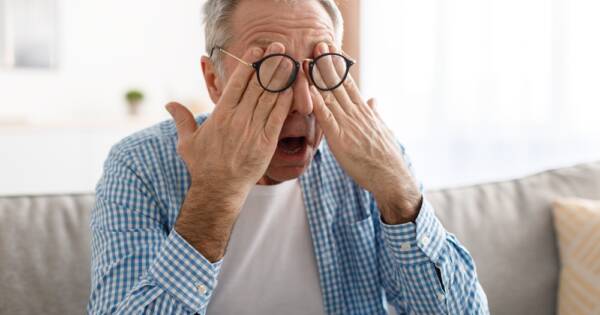Hair loss in women presents a complex challenge, interwoven with genetic, hormonal, and lifestyle factors. Predominantly driven by androgenic alopecia and hormonal shifts, the issue is further complicated by medical treatments and lifestyle choices affecting hair vitality. Understanding these elements, alongside effective treatments, is crucial for managing hair health. Delve into the underlying causes, treatment options, and the emotional impact, empowering women with knowledge and tools to address this common concern.
Understanding Hair Loss in Women
Hair loss in women is a multifaceted issue, often entangled with a variety of health-related factors. Genetic predisposition, particularly androgenic alopecia, is the predominant cause, affecting hair thickness over time. Hormonal imbalances, including those caused by pregnancy, childbirth, and menopause, frequently contribute to fluctuating hair health. Stress-induced shedding, known as telogen effluvium, further complicates the spectrum of hair loss triggers. Beyond these factors, medical treatments such as chemotherapy and radiation significantly impact hair vitality, while lifestyle aspects like smoking and poor nutrition cannot be ignored as potential instigators of hair thinning.
The Role of Genetics and Hormones
Genetics heavily influence female pattern baldness. Significantly, over 50% of women encounter patterns of hair thinning associated with genetic predispositions that differ from male-pattern baldness. This form of hair loss, distinguished by thinning hair rather than complete baldness, often starts in the perimenopausal period. Accompanying hormonal changes further exacerbate hair issues, with conditions like polycystic ovary syndrome (PCOS) and thyroid disorders being notable contributors to this problem.
Health Conditions and Medications
A myriad of health conditions and medical interventions contribute to hair loss. Certain medications, such as those prescribed for cancer and heart disease, are particularly potent in inducing hair shedding. Moreover, diseases like alopecia areata and thyroid dysfunction often lead to significant hair reduction. Physical stress from surgeries or significant weight loss instances plays a crucial role too. Fortunately, many of these causes are reversible, with hair regrowth typically occurring once the treatment or condition causing the loss is addressed.
Lifestyle and Dietary Factors
Lifestyle choices, including smoking and poor diet, may facilitate hair loss. Nutritional deficits, particularly in iron, protein, and essential vitamins, are often implicated in hair health concerns. Rapid weight loss diets often overlook crucial nutrients critical to hair sustainability. Additionally, hairstyling practices involving heat applications, chemical treatments, and tight hairdos can lead to traction alopecia, a type of hair loss derived from physical strain on hair follicles and, thus, best avoided for those aiming to maintain healthy hair.
Effective Treatments and Prognosis
Several treatments are available to manage hair loss effectively, ranging from FDA-approved medications like minoxidil to advanced procedures such as platelet-rich plasma (PRP) therapy and hair transplants. Early diagnosis and timely intervention play pivotal roles in slowing the progression of hair loss. Identifying underlying causes, such as nutritional deficiencies or medication side effects, often facilitates personalized and effective treatment plans, enhancing the likelihood of regaining lost hair density.
Minimizing Psychological Impacts
Hair loss in women can significantly impact emotional health, affecting self-esteem and social interactions. It’s crucial to approach this sensitive issue with understanding and support. Therapeutic interventions, involving mental health professionals or cosmetic adaptations like wigs or strategic hairstyling, can offer psychological relief and aid in coping with the challenges posed by hair thinning.
Why You Should Learn More About Hair Loss in Women Today
Understanding the multifactorial causes of hair loss is essential for effective management and treatment. Armed with comprehensive knowledge, women can make informed decisions about prevention and therapeutic approaches, reducing anxiety related to hair changes. Early intervention is key to optimizing regrowth chances, making awareness a vital component in managing hair health proactively. Engaging with healthcare professionals for tailored advice ensures that women struggling with hair loss receive the necessary support and interventions best suited to their individual needs.
Sources
Insights on Hereditary Hair Loss
Understanding Female Pattern Hair Loss
Factors Influencing Hair Loss in Women


